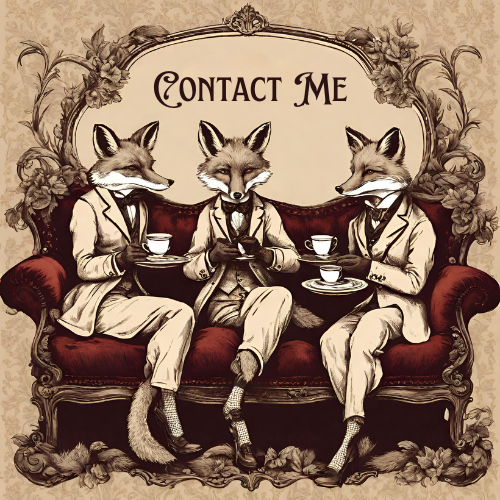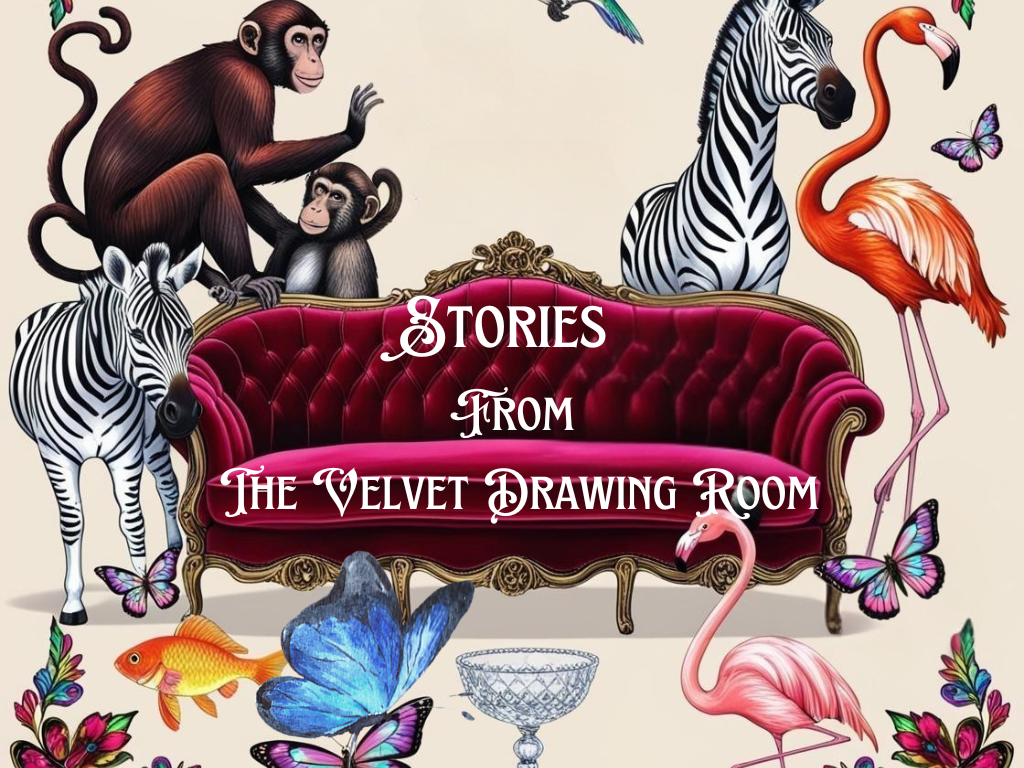Pratt of Brighton
1852-1952

A label showing the address of Cranbourne Street – dating from 1904 onwards

A Gyr Falcon sold at Tennants, dating from 1904
Pratt of Brighton
The Pratt of Brighton Style
Pratt of Brighton’s cases are pleasing, having a regular shape with a flat box style front, and they feature a blue backing which fades to pink. The scenes are well-executed and the detail inside is good, including the groundwork and foliage.
Interest in the work of Pratt of Brighton exists when their Victorian cases come to the market, but that’s not very often.
The work of Pratt of Brighton is pleasing to the eye but not exceptional.
The mounts within the cases are usually well preserved, but it’s advised not to open the cases because arsenic was used as a preservative and if exposed to it, even after all this time, it could have a toxic effect.
A case of Fox Cubs by Pratt of Brighton
This cute little case of fox cubs by Pratt of Brighton was sold at Tennants in April 2025.
The label on the back dates it from 1875.
The case is cute – and that’s why it sold – it’s a very nice display case and a nice addition to any collection, despite the fading to the cubs fur and the lack of detail relating to the faces. You see the fox cub mouths are closed and it’s somewhat naive in its character portrayal; nevertheless a nice thing to have.

The partly deteriorated label from the back of this fox cub case showing that it was commissioned for a client of Pratt & Sons


A hundred years of Pratt heritage
Pratt of Brighton was established in the mid-1800s, and they have an association with Edward Booth of the famous Booth Museum of Natural History in Brighton and this is probably their unique selling point.
Pratt & Sons were one of the three recognised taxidermists in Brighton during the mid to late 1800s.
Brothers Henry and John Pratt started their business in Duke Street circa 1852.
Circa 1862 they moved to Ship Street
Circa 1875 they moved to North Street Quadrant where the firm became Henry Pratt & Sons.
Circa 1904 the family firm moved for the last time to Cranbourne Street and it re-adopted its original name of Pratt & Sons.
The firm closed in 1952, so there’s a hundred years of heritage to celebrate with this Victorian firm.
Pratt & Sons are not ultra-collectible, but their labels were nice and their mounts are competent, if ordinary.

Edwin Pratt, son of one of the original Pratt Brothers who established the firm in 1852. Photo Brighton & Hove Museum

Greater Spotted Woodpecker by Pratt & Sons of Brighton sold at Tennants
Edward Booth and his Museum in Brighton
Much of the work of Pratt & Sons of Brighton can be seen in the quirky and unforgettable Victorian Booth Museum in Brighton that opened in 1874. It was the original setting for the Victorian diorama style which other museums later copied.
Edward Booth, it’s creator and benefactor, commissioned the Pratt brothers, amongst others, to create the original displays of cases of birds for the museum. The museum was built in the grounds of Bleak House, the name of Booth’s house on Dyke Road.
Amongst the taxidermists who supplied the museum were T.E. Gunn, George Saville, Pratt & Sons of Brighton, Brazenore of Brighton and Swaysland of Brighton.
Edward Booth was a gentleman of private means, and Cambridge educated, although he was sent down before he could finish his studies. The birds in the Booth Museum were almost all shot by Edward Booth himself before the date of 1876 after which he started collecting exotic species from around the world. His initial goal was to exhibit every species of British Bird, although he did not achieve that, but he collected so much stuff that he was compelled to build the museum to house it all.
There are also now 23,000 species of butterflies and moths and the mind boggles trying to imagine how they were all caught and displayed (reminds me of Rothschild of Tring).
Booth created his own catalogue of the contents of his museum. After his death he fully bequeathed the museum and its contents to the town of Brighton, although the museum wasn’t open to the public before his death; it was just a personal vanity project for Booth.
The birds of the museum included a wide range of specimens that were set up in displayed tableaux as studies of their natural habitats and behaviours, and included Booth’s written observations on the locations of the Golden Eagle, White Tailed Eagle, Swallows and Swifts, Plovers, Peewits, Martins, Warblers, Merlins, Kestrels, Owls and the like.

The Interior of the Victorian Booth Museum in Brighton circa 1876


Edward Booth
The original catalogue which details the collection is copyright free and available to download from at The Velvet Drawing Room – click on the image (courtesy of The Internet Archive).
“The mysterious death of Miss Nellie Pratt”.
Nellie was the granddaughter of one of the original founders of Pratt of Brighton. She died a sad death in Sussex in 1919. Read the blog post here
Discover more from thevelvetdrawingroom.co.uk
Subscribe to get the latest posts sent to your email.





















